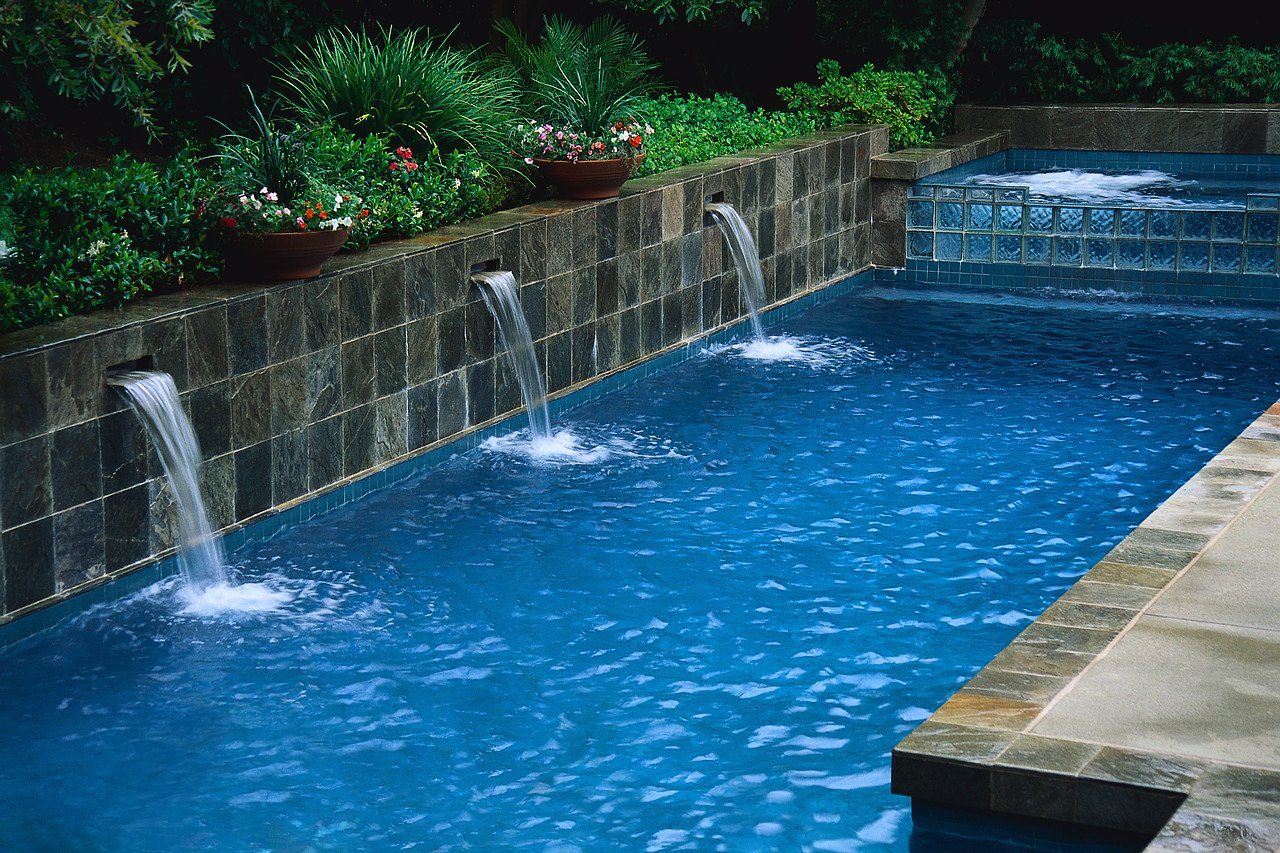WHAT IS THE BEST WAY TO CLEAN A POOL
Skim Off Leaves And Debris Is The Best Way To Clean A Pool
- Skimming is the first stage in your
weekly maintenance practice and should be done every day.
- Remove leaves, insects, and other detritus floating on the pool's surface with a long-handled leaf skimmer.
- Clean debris from your pool before it sinks to the bottom, where it will be hard to remove and may cause stains.
- Is your pool surrounded by trees? To limit the quantity of waste that lands on the water, consider cutting them back.
- It only takes a few minutes to skim the surface of your pool, and it maintains the water looking crystal clear. More importantly, the debris you skim off the top of the water never has a chance to clog your filtration system or pollute the bottom of your pool.
Remove Debris From Pool Walls Using A Brush
- Algae and small particles of debris can accumulate on your pool's walls, as well as pool equipment such as ladders and slides. Brush the pool walls and fittings at least once a week to remove dirt and prevent algae growth.
- Remove filth from the edges and bottom of your pool, as well as ladders, slides, and other accessories, with a brush.
Brush the debris toward the main drain, where it may be easily cleaned up.
Vacuum The Pool
The algae and debris, as well as any other waste that has floated to the pool's bottom, may well be vacuumed away once they have been swept off the walls.
Automatic Vacuum
If you're using an automatic vacuum, all you have to do is plug it in, place it in the water, and let it do the work for you! Automatic pool vacuums come in three varieties: robotic, pressure, and suction.
- Robotic vacuums are low-energy and operate independently of your pool's current filtration system.
- To manoeuvre around your pool, pressure vacuums use a pressure line from the filtration system. To operate, they require a pool pump and, in most cases, an additional booster pump.
- Suction vacuums use the water flow from your filtration system that connects to either a specific suction port or a skimmer. They're the most budget-friendly option.
Make Sure The Skimmer Is Clean
Cleaning out your skimmer(s) at least once a week, or more frequently if necessary. Debris removal lets the skimmer work at its best, capturing the bulk of debris that enters your pool.
Keep a close eye on the water level in your pool. If the water level in the skimmer is higher than halfway up, debris may not be removed.
When you skim the surface of the pool, check the skimmer to make sure it's clean.
Keep Your Pump Running
The skimmer, pump, pump strainer, drains, and filter is all part of your pool's circulation system. The system guarantees that chemicals work correctly and that water is appropriately filtered.
Each day, run your pump long enough to ensure that the water is adequately filtered and that each component of the circulation system is clean and in good working order.
Examine The Filter And Backwash If Necessary.
The three most common types of pool filters are sand, cartridge, and vertical grid DE, which filter out dirt and particles from the water. Follow the manufacturer's instructions for cleaning and maintaining your filter.
Remove any debris that has accumulated in your pool filter every week.
As necessary, backwash the pool filter (weekly for frequently used pools; or when the filter gauge shows 8-10 psi higher than usual).
Test Pool Water And Adjust Chemicals If Necessary.
Testing the water in your pool regularly (daily or weekly, depending on usage) and adding chemicals as needed, following the manufacturer's instructions.
Chemicals are normally added to the pool on daily basis. These pool chemicals include a variety of disinfectants and sanitisers that work to prevent the formation of algae and germs in the pool water.
Algae, bacteria, dirt, and any other organic debris that may have entered the pool are all removed with regular shock treatments. For shock treatments, follow the manufacturer's instructions.






